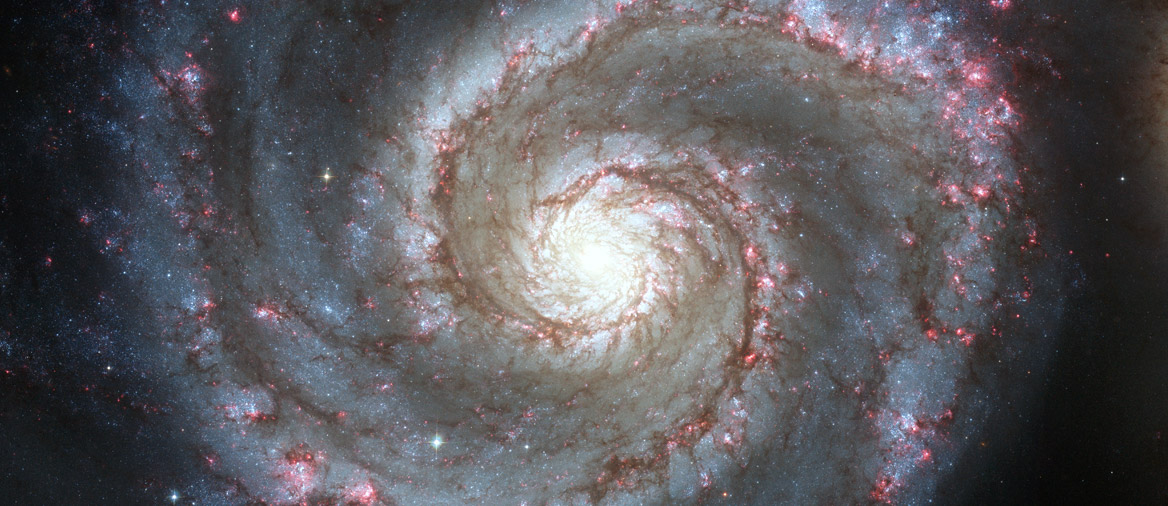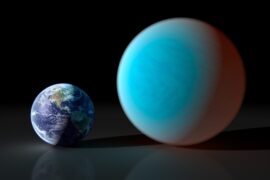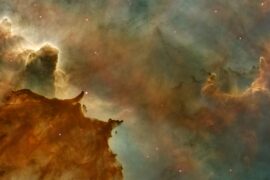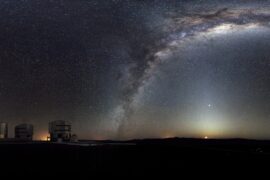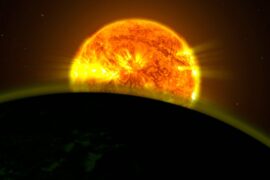The Whirpool Galaxy is one of the better-known galaxies. It can be seen with a basic home telescope or even binoculars and it was the first celestial object to be classified as a spiral galaxy. It is also known for its scientific designations, Messier 51a (M51a) and NGC 5194.
It is located 31 million light-years away from us in the direction of the constellation of Canes Venatici (the “hunting dogs”). That is very far away, which means it must be quite big for it to be so easily visible from Earth, right? Well, it is. The Whirpool galaxy extends for about 76,900 light-years. That’s smaller than our own galaxy, the Milky Way, but it is still quite large.
The bigger the galaxy, the more stars it has, and therefore, it probably also has a lot of planets, right?
In this article, we’ll take a look at the planets of the Whirpool galaxy.
Does the Whirpool Galaxy have planets?
There are currently no confirmed planets discovered in the Whirpool Galaxy. As a matter of fact, there are zero extragalactic planets (planets in other galaxies) that can be confirmed with 100% certainty.
However, that doesn’t mean they are not there.
Astronomers are confident there are billions of planets in the Whirpool galaxy and every other galaxy out there in the universe. But they are really hard to pinpoint at such large distances. The only planets outside the Solar system that our current imaging technology can detect are within our own galaxy.
But there’s good news.
In September 2020, a possible planet was found orbiting a high-mass binary star in the Whirpool Galaxy. The star’s name is M51-ULS-1. If confirmed, this planet would be the first extragalactic planet and a huge step forward for astronomy.
Planet M51-ULS-1b
The candidate planet found in the Whirpool galaxy has received the designation M51-ULS-1b. Not many newly discovered planets receive proper names in modern times (although a few exoplanets do), much less unconfirmed ones, so M51-ULS-1b only gets a scientific designation for now.
The planet would be orbiting a high-mass blue supergiant star. These types of stars are huge. They can be 1,000 times larger than the Sun and that’s why they can be detected even though they are millions of light-years away.
M51-ULS-1b was detected using an X-ray telescope because it eclipsed its star for a while. In terms of size, it would be somewhere between the sizes of Neptune and Saturn.
Whirpool Galaxy Planets Pictures
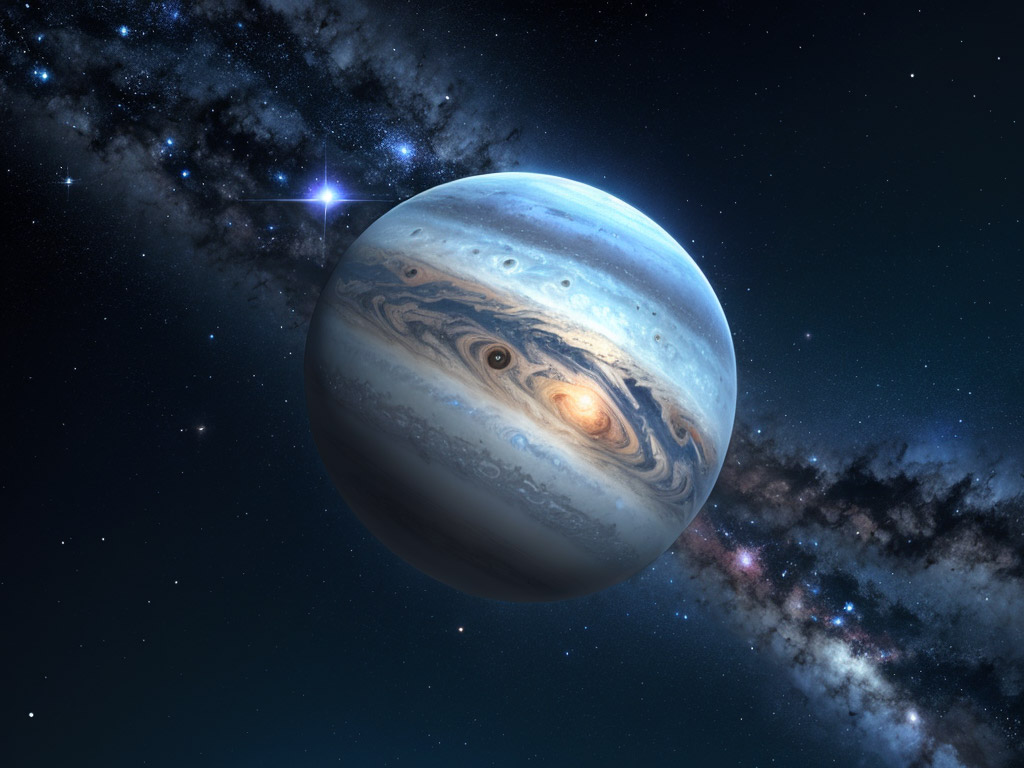
Our current telescopes and imaging technology are not powerful enough yet to be able to take photos of distant planets.
We can only detect planets outside the Solar system using small bits of data and extrapolating information from that. For example, if a telescope is studying an area of the sky, and over time, one of the stars dims a little bit, it could be because an object passed in front of it and that object could be a planet. I’m oversimplifying the process, but hopefully, that helps you understand how it’s done.
That means that in the images that are being used to discover these planets, the actual planets aren’t even visible. We are just seeing their effect on their respective stars.
On top of that, most of the telescopes used to get these images aren’t even capturing visible data. Instead, they use X-ray data or some other wavelength light that is not directly visible to us.
Summary
- The Whirpool galaxy is 31 million light-years away from Earth. That makes it very difficult to detect individual planets on it.
- There is one solid planet candidate found in the Whirpool galaxy called M51-ULS-1b.
- Astronomers believe that despite not being found yet, there are billions of planets in the Whirpool galaxy waiting to be discovered.
Enjoyed this article?
Get daily 10-minute PDFs about astronomy to read before bed!
Sign up for our upcoming micro-learning service where you will learn something new about space and beyond every day while winding down.

